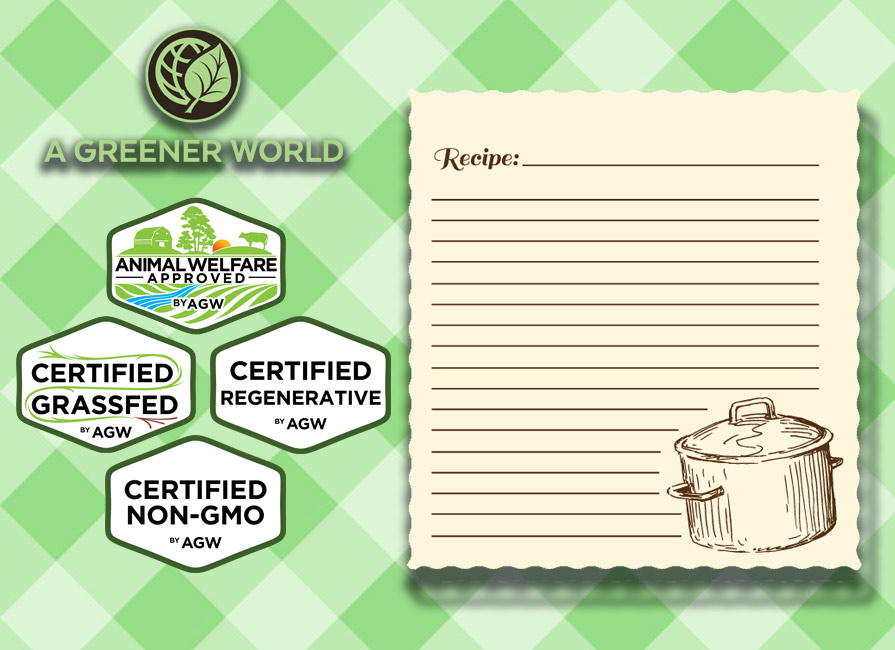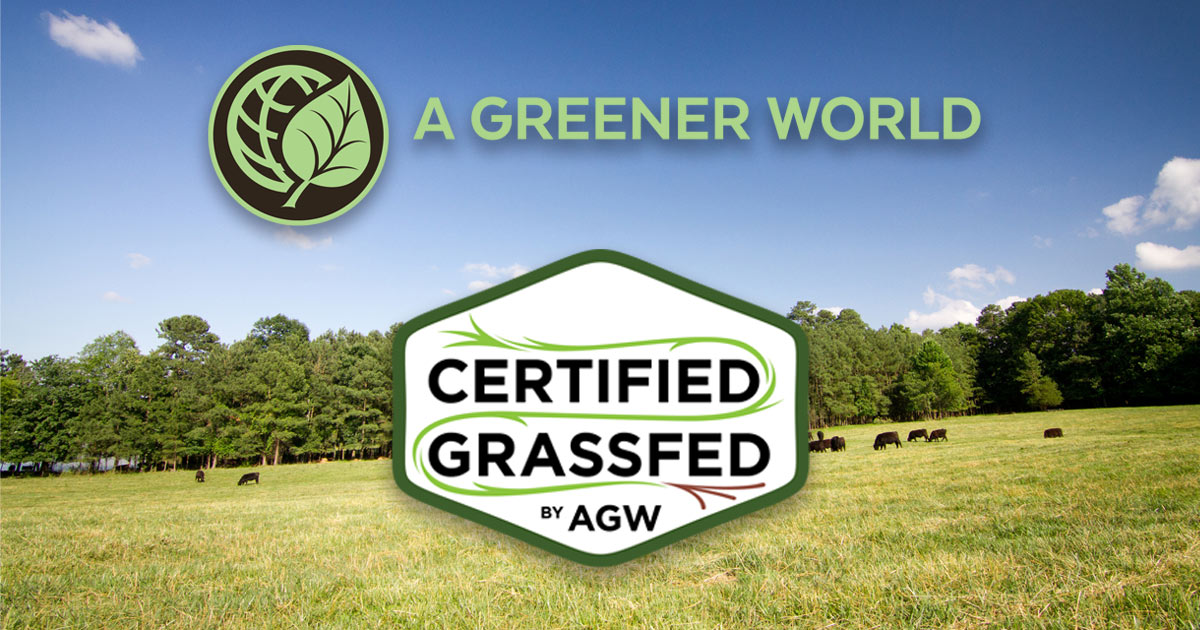Looking for a little inspiration in the kitchen? Whether you’re preparing food for a crowd…
Grass-Fed Beef: Safer and Healthier
We recently submitted this letter to the editor of the Washington Post.
Dear Editor,
In response to Annys Shin’s Thursday, June 12 article entitled “Engineering a Safer Burger,” regarding use of ammonium hydroxide to reduce health risks in ground beef:
The goal of safe food is common to us all–farmers, processors, and consumers alike. We applaud Eldon Roth for his efforts in treating contaminated beef, but shouldn’t our focus be on eliminating contamination before it occurs? A solution instead of a band-aid?
Research has shown that the strains of E. coli most devastating to humans are the product of feedlots, not cows. This is due to the animals being forced to eat an unnatural diet, and not their natural choice, grass.
A 2000* study comparing calves finished in feedlots with calves that stayed out on grass showed that no pasture-based cows had the potentially lethal O157 strain, whereas all of the feedlot calves had this type of E. coli.
A subsequent study in 2003** showed that 58 percent of feedlot cattle had campylobacter bacteria, while only 2 percent of cattle raised on pasture had the same bacteria. These bacteria can cause symptoms including fever, upset stomach, headache and muscle pain.
The current system is ostensibly based on producing as much beef as possible, as inexpensively as possible. However, the true price of this “economical” food is paid outside of the grocery store–in compromised food safety, animal suffering, and a degraded environment. While $400 million may be enough to implement a meat cleaning system in one processing plant, the costs of feedlot beef are far greater in terms of damage to the environment, animal welfare, family farmers, and the health of people who eat it.
ANDREW M. GUNTHER
www.animalwelfareapproved.us
Andrew Gunther is the director of the Animal Welfare Approved program and former senior global animal compassionate product procurement and development specialist for Whole Foods Market.
* Russell, J.B., F. Diez-Gonzalez, and G.N. Jarvis, “Potential Effect on Cattle Diets and the Transmission of Pathogenic Escherichia Coli to Humans” Microbes Infect 2, no, 1 (2000) 45-53.
** Bailey, G.D., B.A. Vantelow et al. (2003) “A study of the food borne pathogens Campylobacter, Listeria and Yersinia, in faeces from slaughter-age cattle and sheep in Australia.” Commun Dis Intell 27)2): 249-57.


